What iOS 12 notifications change for app marketers
You can always count on iOS to come up with user-friendly features, and this time they’ve done it for notifications. The most interesting feature among others is the ‘Direct to History’ option that allows apps to send push notifications directly to the notification center (history); without any alerts or prompts.
Updated on Nov 19, 2018
Push it sile ntly
The Direct to History or ‘provisional’ authorization is a cool new feature of the iOS 12 that allows apps to send push notifications directly to the phone’s notification center. But more importantly, it allows the app to do so silently and without having to ask the user for permission. So what does this mean for you as a marketer? Let’s break it down.
Think about it this way – apps normally require a user to respond to a notification prompt before they can start receiving notifications. The problem here is that users aren’t aware of the kind of notifications they will receive and might end up turning off notifications for your app altogether. And frankly, the push permission prompt looks pretty boring too!
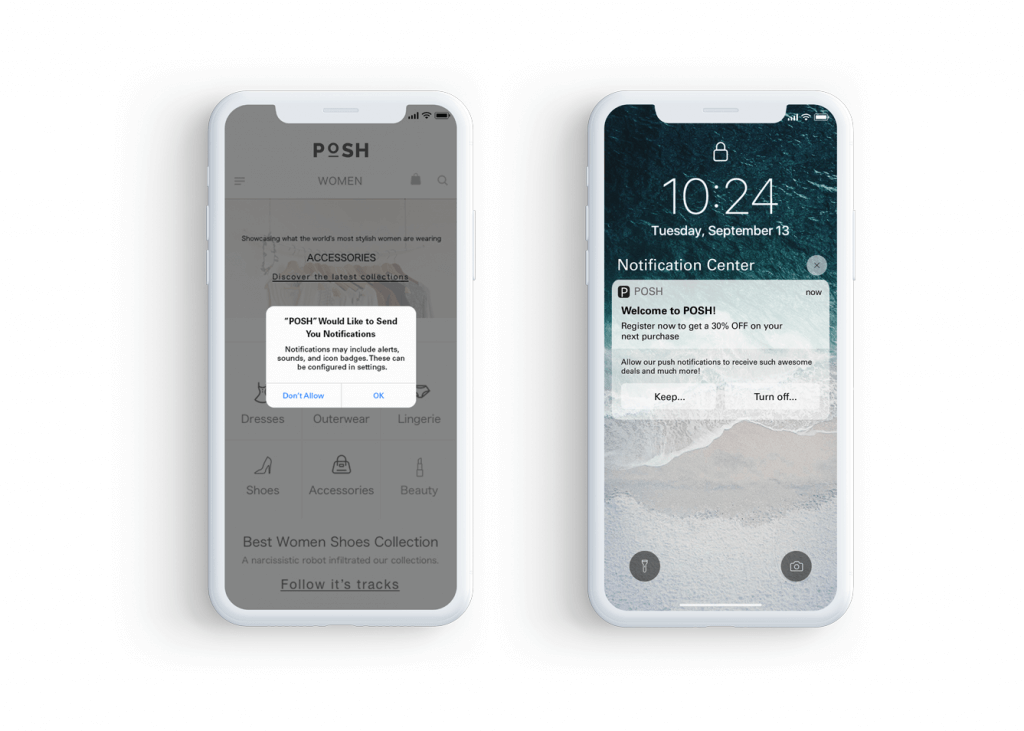
With this new feature, app developers/marketers can send silent notifications to users even though the user has not given permission to receive full push notifications from your app (The user is not alerted about these notifications and they are only visible in the notification center). This feature provides an excellent alternative to sending a push permission prompt as it gives you an opportunity to send some relevant notifications to your users from day one. Based on these notifications your users can decide whether they want to give full permission to your app to deliver these notifications prominently.
Group ‘em for a cleaner look
This iOS 12 feature allows apps to determine how push notifications should be grouped. What this means is that app developers can choose to group notifications with the help of a ‘thread-id’ (thread-id is a numeric-identifier used by iOS12). iOS 12 automatically groups notifications with the same identifier when displaying them to a user. Something similar to all your credit card bills in one box, magazines in another, mortgage in another sort of appeal.
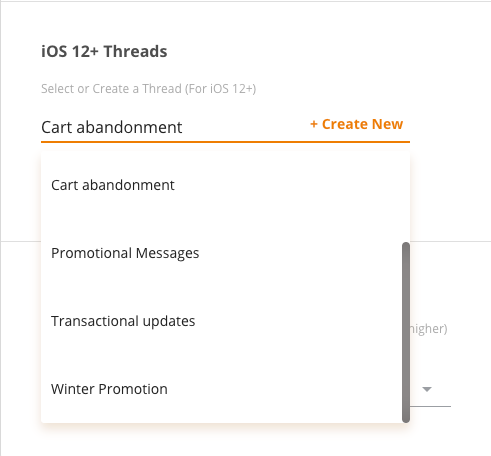
While this is a blessing for the users, it is also a great tool in the hands of a marketer. The brutal reality is that most users clear all notifications at one go unless they are high-value, real-time transactional notifications like OTP or order updates. However, there are also other notifications which are important but which get lost in the myriad of notifications that flood the notification bar.
This comes in handy when marketers want to send multiple notifications to a user from their app; not all of them happen to be high priority notifications. Using this feature, marketers can group notifications under different categories; this is extremely utilitarian for marketers looking to deliver more coherent messages.
For example, think of an ecommerce app that sends multiple push notifications to its users. App developers can use this feature to group notifications based on their potential impact on conversion rate and user engagement. Below, are some practical applications-
Cart Abandonment
In the case when a user has added items to their cart but has not checked out, as a marketer you need to grab their attention and motivate them to complete their purchase. But, if your notifications don’t stand out, then chances are that users might end up clearing your notifications.
Since these are high value generating push notifications, they can be displayed separately at the top to help you grab your users’ attention.
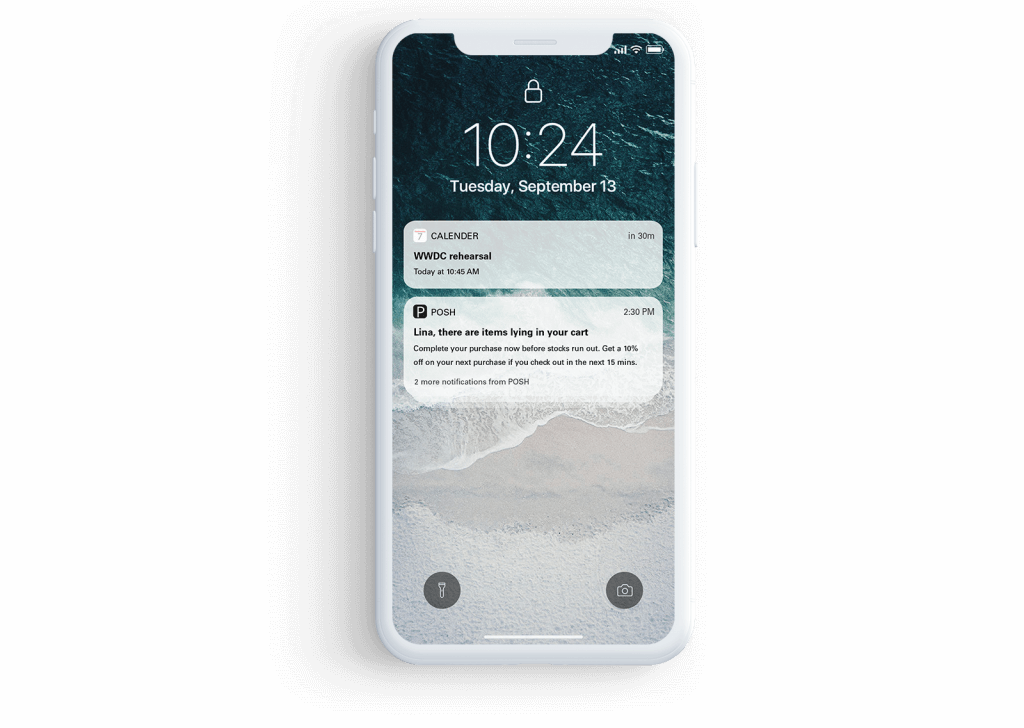
Promotional Messages
The next category of messages that generate sales for an ecommerce app is promotions and sales. By grouping such promotional messages under a unique category (thread-id), you can ensure that these messages are clearly differentiated from the rest. This also gives users’ the freedom to interact with them at their convenience, while remaining distinct and not messing up other notifications.
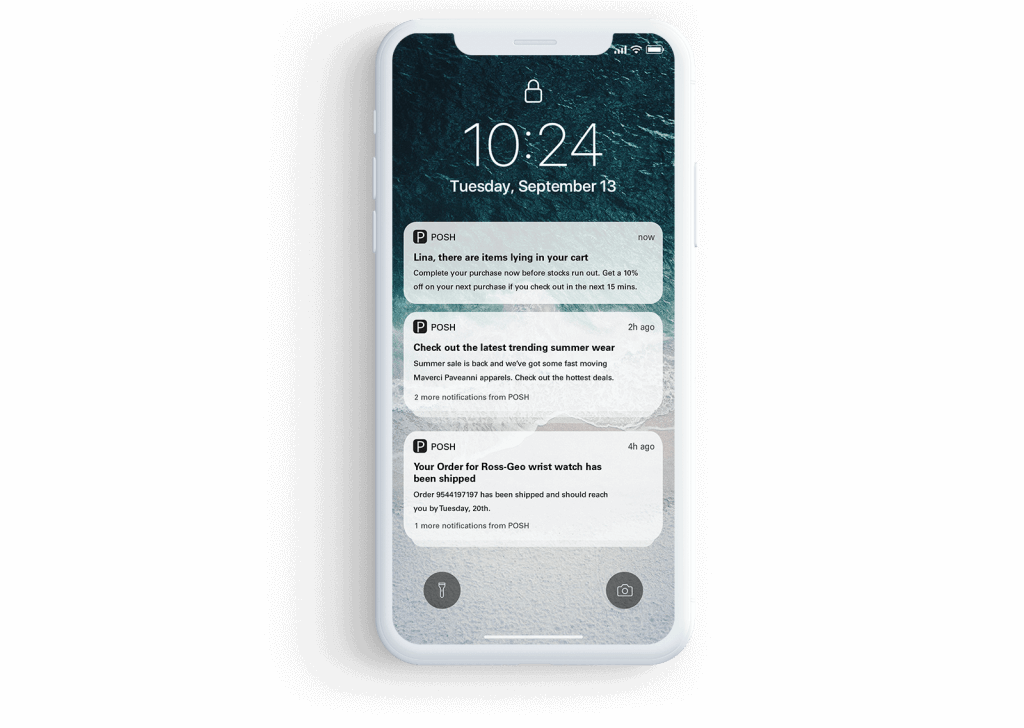
Transactional Updates
Transactional updates are often real-time updates that require a user’s immediate attention. When sending an order confirmation, purchase invoice, or a payment confirmation, grouping them together can help users get all the information they want without having to scroll through the entire notification list.
Using this feature, marketers can create as many notification groups as they want. The best thing about this is that users can now see exactly what they are looking for and marketers can deliver truly relevant and mindful experiences that increase conversions and boost loyalty.
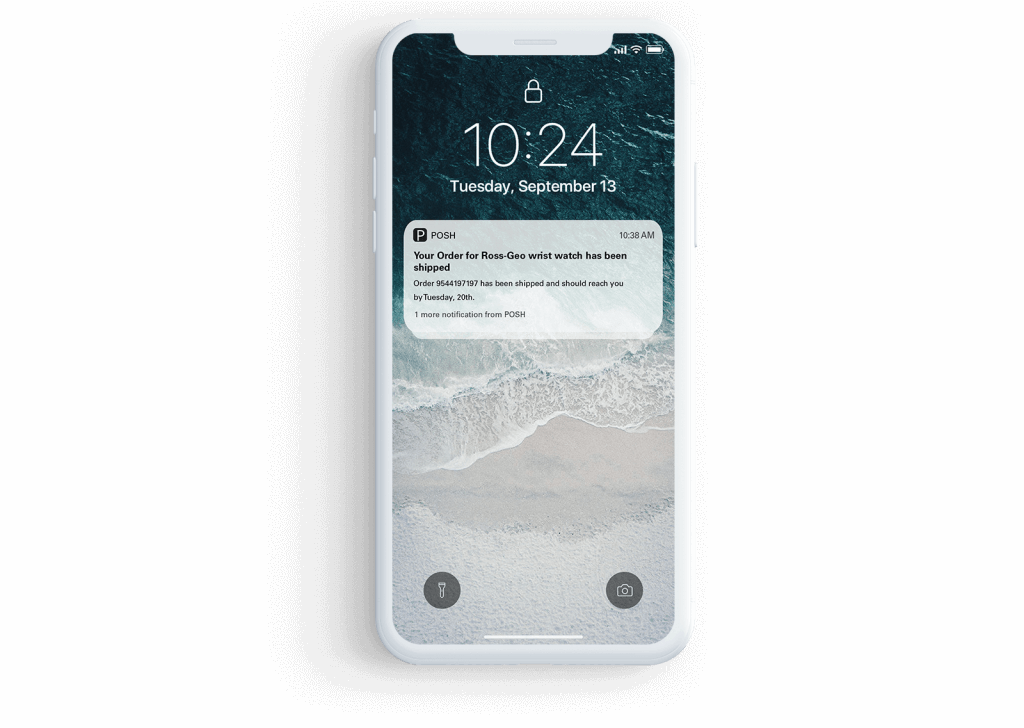
How it works with Insider integration
At Insider, we further simplified these cool features on the iOS 12 to make it easier for app developers to execute tasks. The grouping feature is an amazing platform by iOS 12 that helps the mobile user experience an uncluttered notification tray. Our API allows for a similar experience for the app developer.
We allowed for marketers and app developers to associate the thread-id with custom named categories like “Summer Sale” “Promotional Messages” or any other name the marketer wishes to use for ease of identification. Insider’s system automatically matches each category to the thread-id in the backend. This allows for a seamless experience for the marketer.
One potential application of this is for news apps. App users often opt-in for top stories of the day. This means that marketers can send multiple top story push notifications to the app user under the category “top stories” and the user will see all these notifications grouped together.
Find out more on how you can make use of the new iOS 12 notifications with Insider by visiting our product page.



















